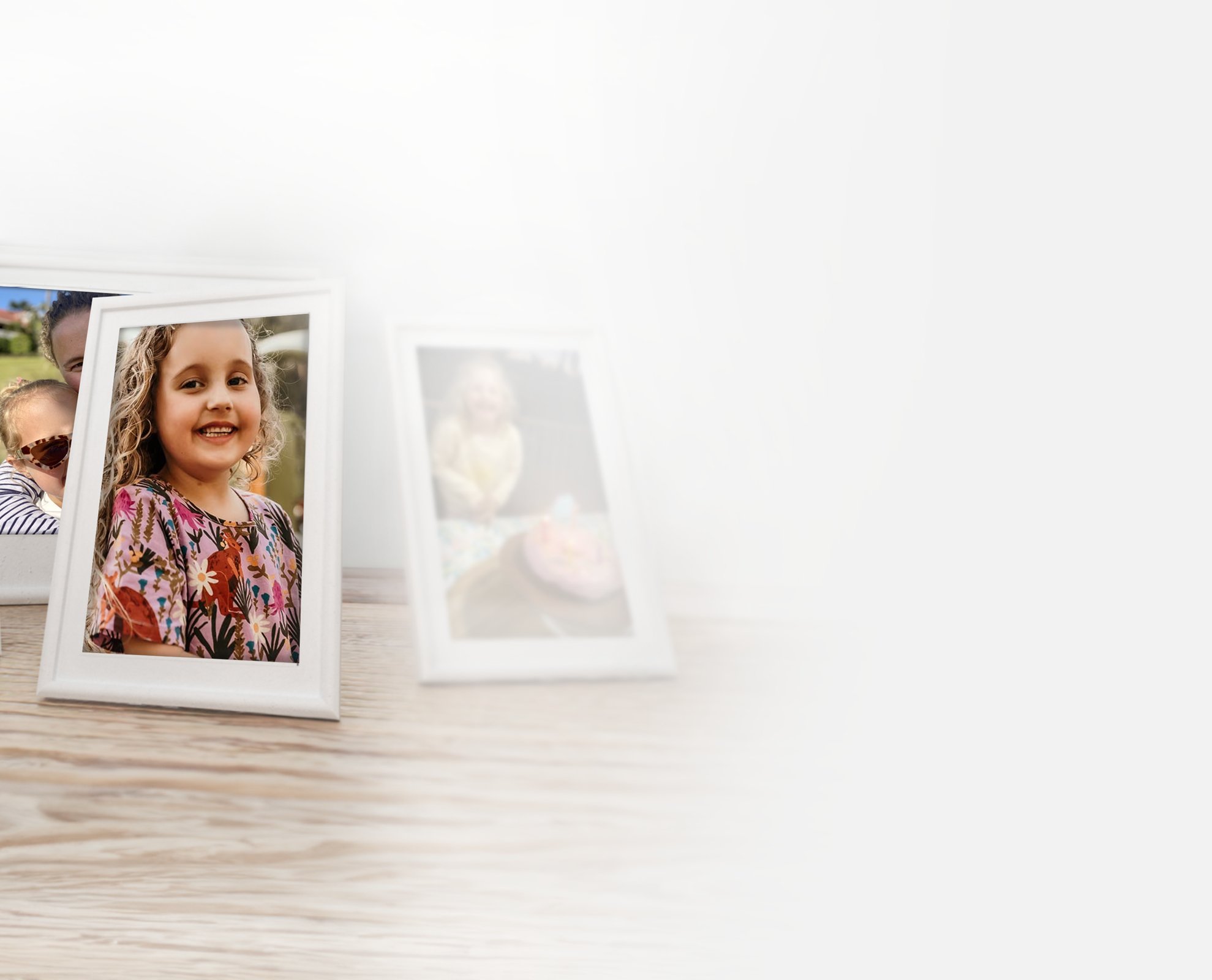
Children with brain cancer deserve to be more than a memory.
Donate today to fund life saving research to give them a chance for the future.
The shocking reality of Diffuse Intrinsic Pontine Glioma (DIPG), now formally known as Diffuse Midline Glioma (DMG):
0%
survival rate
2 in 5
Responsible for 2 in 5 childhood cancer deaths
30 years
No improvement in survival rates for 30 years
There’s not a second to waste to save young lives.
Today, brain cancer remains the leading cause of disease-related death among children in Australia.
While there have been significant advancements in treatments for other childhood cancers like leukaemia, progress in developing effective therapies for complex brain cancers has been frustratingly slow.
For certain paediatric brain cancers, such as Diffuse Intrinsic Pontine Glioma (DIPG) – or tumours now formally known as Diffuse Midline Gliomas (DMGs) – the 0% survival rate has not improved in more than 30 years.
There’s not a second to waste when it comes to supporting critical research that will help change this heartbreaking statistic to ensure children diagnosed with brain cancer have a chance at a future.
Making memories with
your child should not be the only option.
“DIPG is very different from other cancers. The day your child is diagnosed, you have a ticking time bomb in their brain. They’re going to die, no matter what – you just don’t know when.”
- Hannah, mum to Ruby, who passed away from DIPG at just six
years old.
-
Six-year-old Ruby Pringle was a happy, kind, and vibrant child who loved going to the beach, riding bikes with her dad and spending time with her best friend, Charlie.
“She was the happiest kid, so easy-going and kind;” her mother Hannah told us. “She loved going to school. Everyone knew Rubes because she was just so happy.”
But then Ruby started showing worrying symptoms. She woke up with headaches, felt dizzy, became clumsy, and tired quickly. Desperately concerned, Hannah took Ruby to doctor after doctor, but her symptoms were dismissed as being related to a pre-existing lung condition.
Just 11 days after her sixth birthday, while visiting family on the Sunshine Coast, Ruby’s parents noticed she could not keep her balance walking along the beach and frequently fell, unable to walk in a straight line. An urgent trip to the hospital revealed the devastating truth - Ruby had a brain tumour.
Ruby’s parents were told their daughter’s tumour was unsafe to operate on and it was DIPG/DMG, an aggressive tumour of the brain stem. The prognosis was bleak.
They literally just said, “This is the worst type of cancer, we can’t do anything”; Hannah recalls. “And his exact words were, ‘Go home, make memories.”
Reeling from the horrific news, Hannah and her husband Andrew now had to face the unimaginable reality that their precious daughter likely had only months to live. They vowed to make every remaining moment with Ruby count.
“I thought about it every second of the day,” Hannah shared. “It’s torture to look at your child and, when something is going wrong, wonder if they’re going to die in the next minute.”
Ruby underwent the standard palliative radiation therapy for DIPG, undergoing through 30 sessions with incredible bravery. While this treatment usually extends survival by two to three months in children with DIPG/DMG, it tragically failed in Ruby’s case.
Through it all, she never stopped smiling. But with cruel speed, the cancer progressed.
Ruby passed away only 26 short weeks after diagnosis.
In the aftermath of their unfathomable loss, Ruby’s family have emerged as fierce advocates for DIPG/DMG research, determined that her death will not be in vain. They are committed to ensuring that Ruby is a catalyst for the cure that has remained frustratingly elusive for decades.
Ruby’s kindness, energy, and unforgettable spirit live on in the quest for breakthroughs that could finally give families hope in the face of a DIPG/DMG diagnosis.
For children diagnosed with brain cancer, there is not a second to waste. Donate today to support crucial research.
Your support is empowering breakthroughs
Thanks to the generous support of people like you, an unprecedented level of collaborative, innovative research is underway in this field, bringing us closer to a day where we will have life-saving treatments for children like Ruby.
At Cure Brain Cancer Foundation, we believe in investing in the researcher. We provide long-term funding and stability, like our newly announced five-year early career fellowship grant, so that the brightest minds in brain cancer research can focus on challenging the status quo.
As Dr. Hamza Anwer, Head of Research, explains, “The researchers feel like they have the tools at their disposal but can’t get over the finish line. And that’s because of the lack of investment in the brain cancer space.”
We’re accelerating progress towards life-saving treatments by giving researchers the time and resources they need to pursue novel and innovative medical approaches.
Because for people with brain cancer, there isn’t a second to waste.
“Right now, when a child is diagnosed with DIPG/DMG, they only have a matter of months. We urgently need more funding to change this devastating prognosis.”
– Dr Yolanda Colino Sanguino, Cure Brain Cancer Foundation Researcher
Promising findings in DIPG/DMG research
Dr. Yolanda Colino Sanguino, recipient of a Cure Brain Cancer Foundation Early Career Fellowship, has made significant progress in her research on DIPG. Building upon her work of mapping an epigenetic blueprint of DIPG/DMG cell lines, Dr. Colino Sanguino and her team have now identified a specific enzyme as a potential therapeutic target.
This discovery has revealed a vulnerability in DIPG/DMG cancer cells, which opens the possibility to explore development of targeted treatments. By identifying multiple enzymes that make specific cancer cells vulnerable, Dr. Colino Sanguino’s research increases the chance of reducing tumour growth, killing cancer cells, and preventing future treatment resistance. These findings are promising for DIPG/DMG and could lead to breakthroughs for other paediatric brain cancers.
The most exciting aspect of Dr. Colino Sanguino’s work is the potential for these discoveries to be fast-tracked from preclinical research to clinical trials, bringing us closer to life-saving treatments for children with brain cancer.
Be a part of Ruby's legacy: help save young lives
It was less than six months after diagnosis that little Ruby lost her life to DIPG/DMG, the deadliest childhood cancer. Her parents, Hannah and Andrew, are channelling their grief into a powerful mission: to fund the research that will give other children with brain cancer a chance at a future.
"Without research, you can't have a clinical trial. Without clinical trials, you can't see if the treatment works, and you don't have a cure. Every cent makes a difference. With such little funding for brain cancer, every dollar counts because every dollar can help save a life."
Brain cancer kills more children than any other disease. Together, let's turn Ruby's bright but short life into a catalyst for the breakthrough that will save countless young lives.









